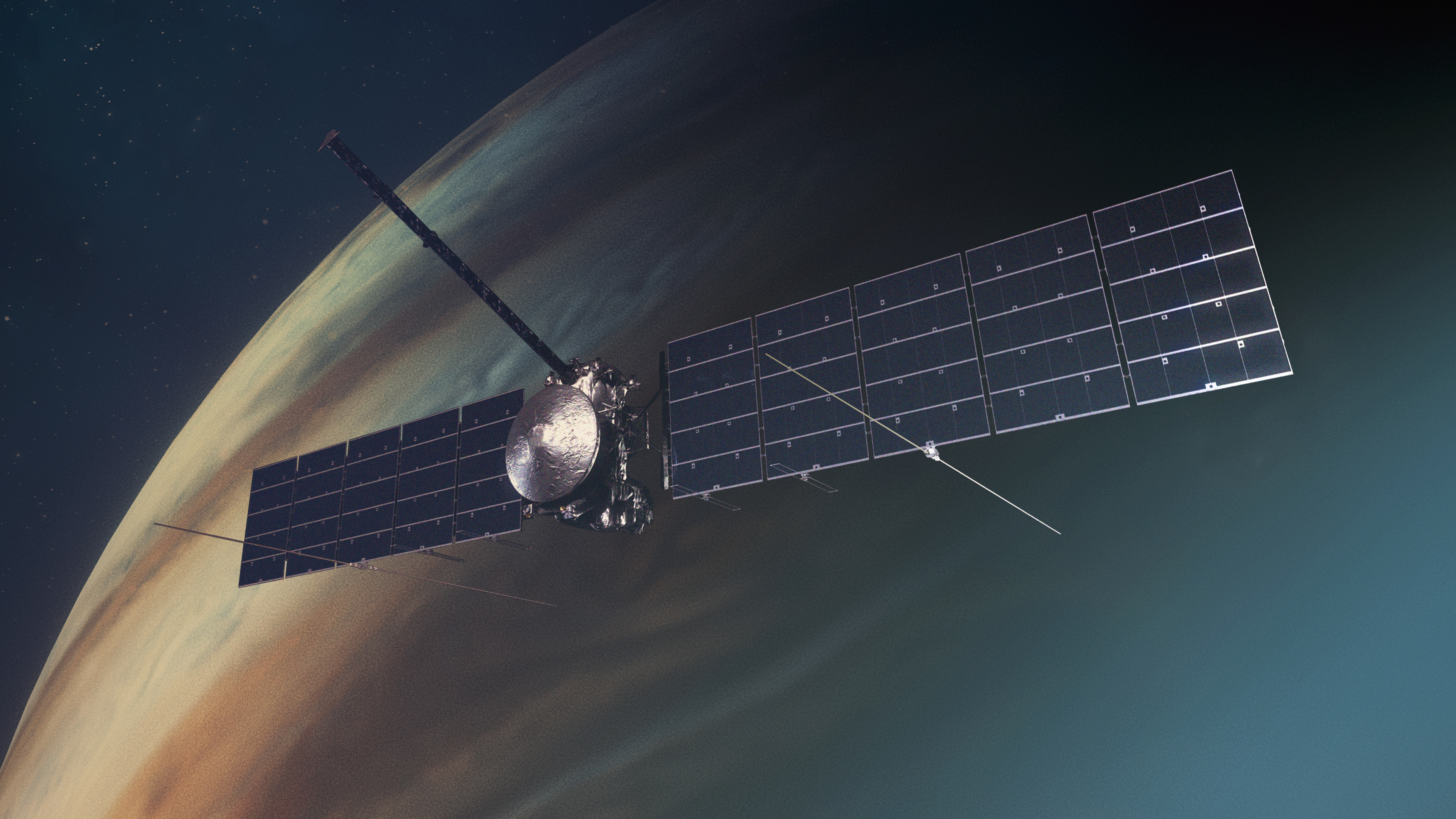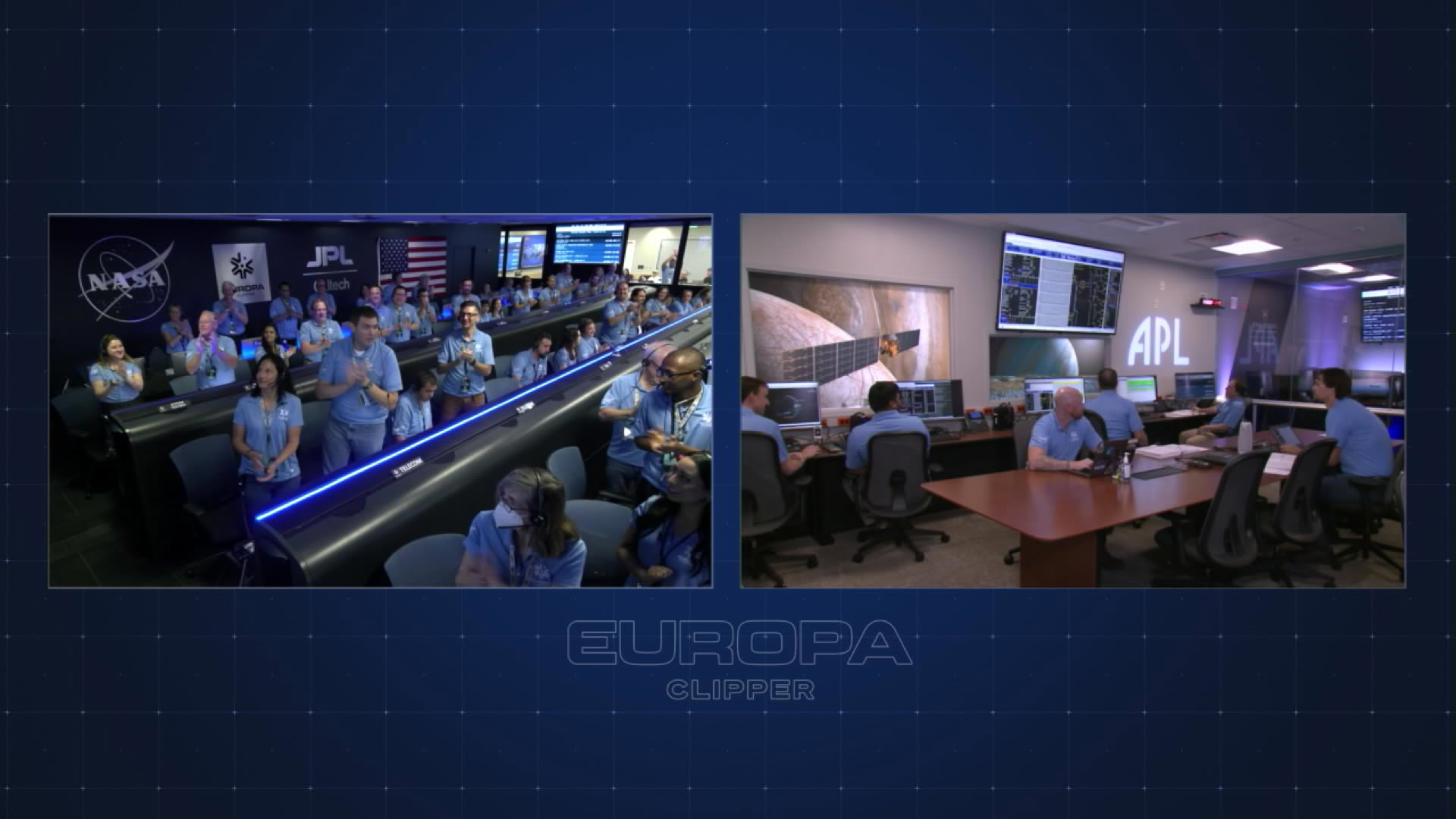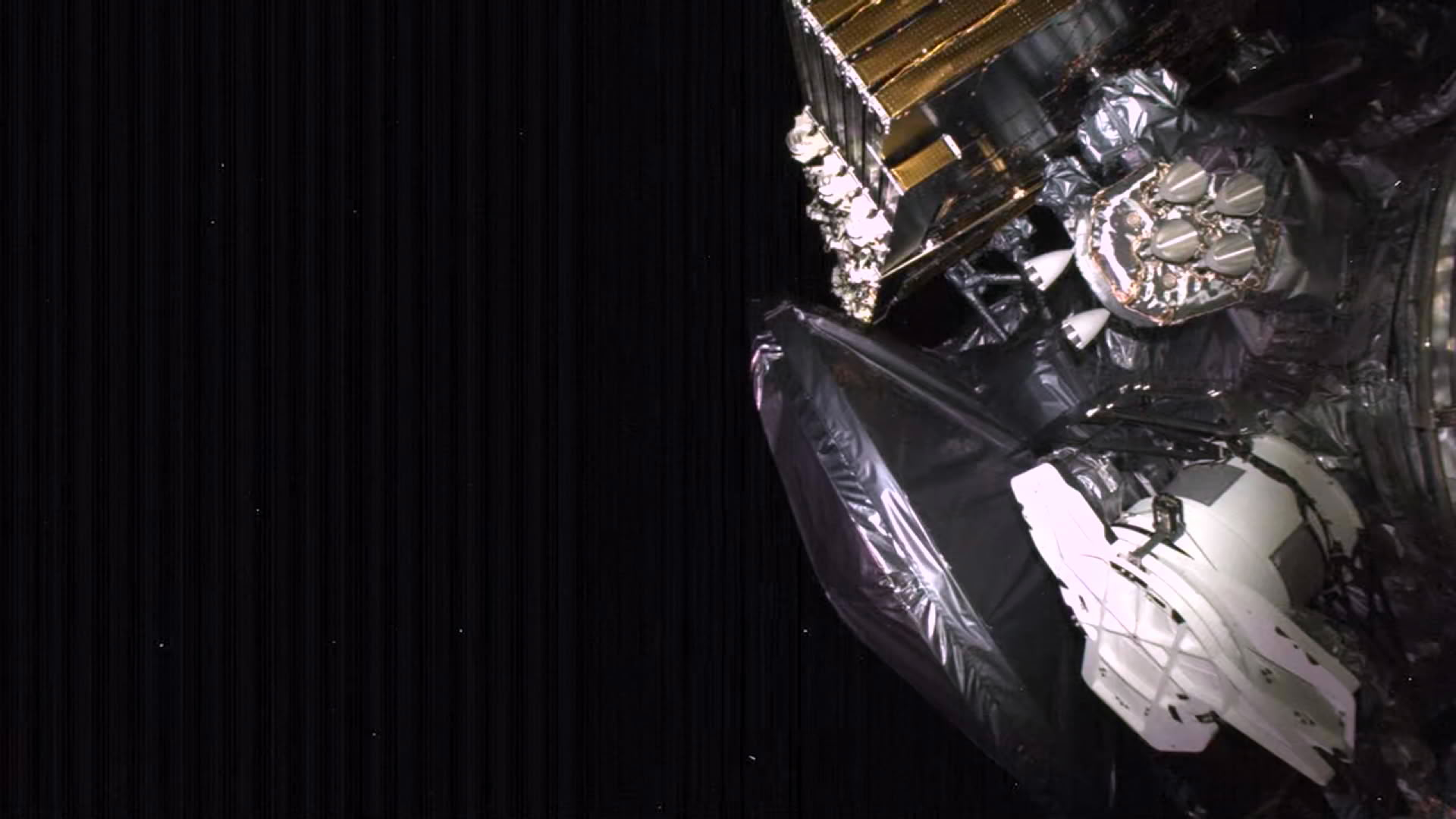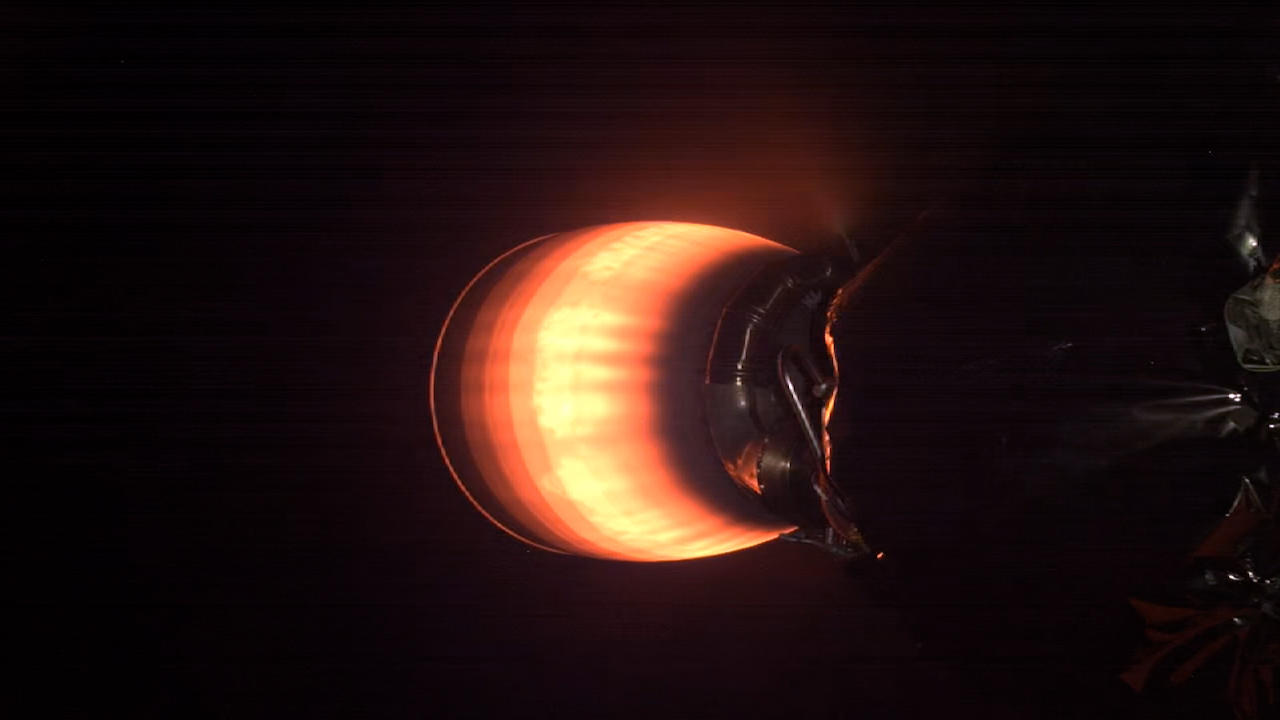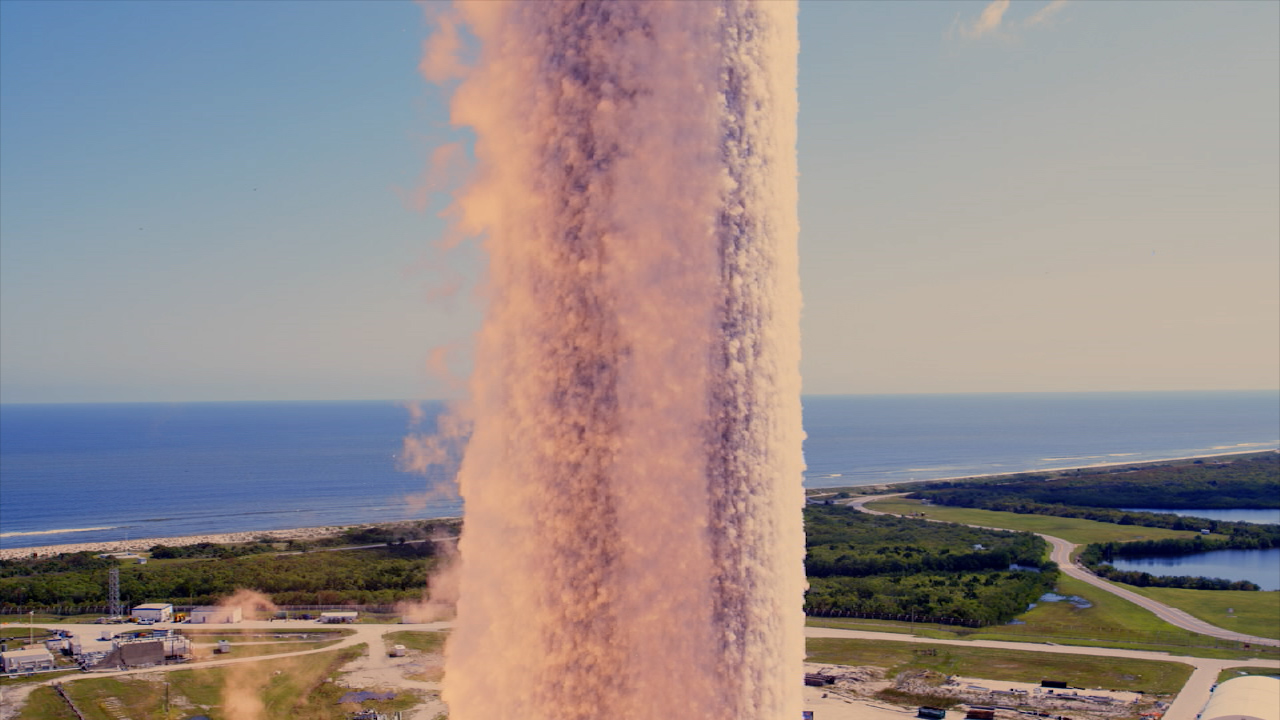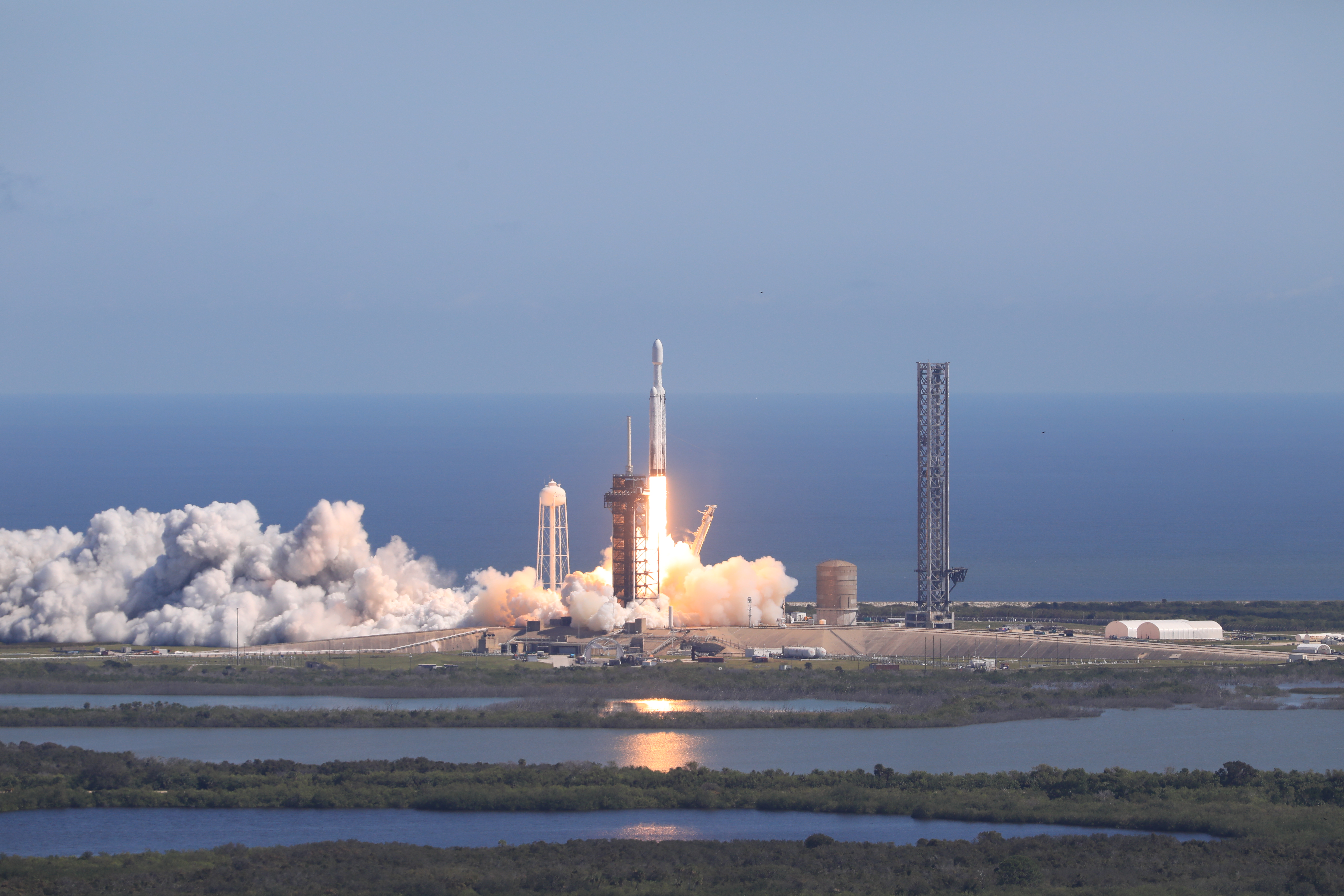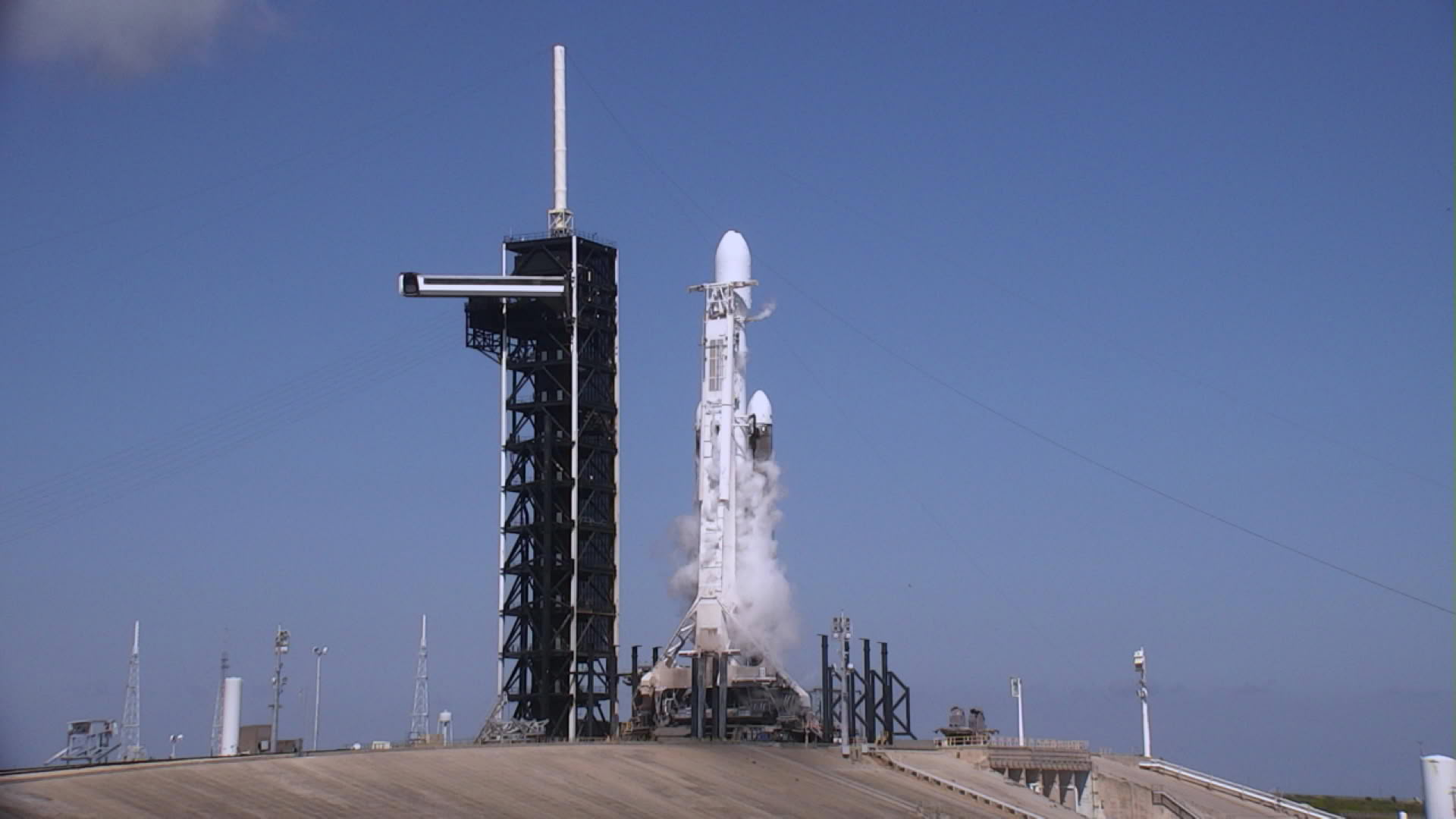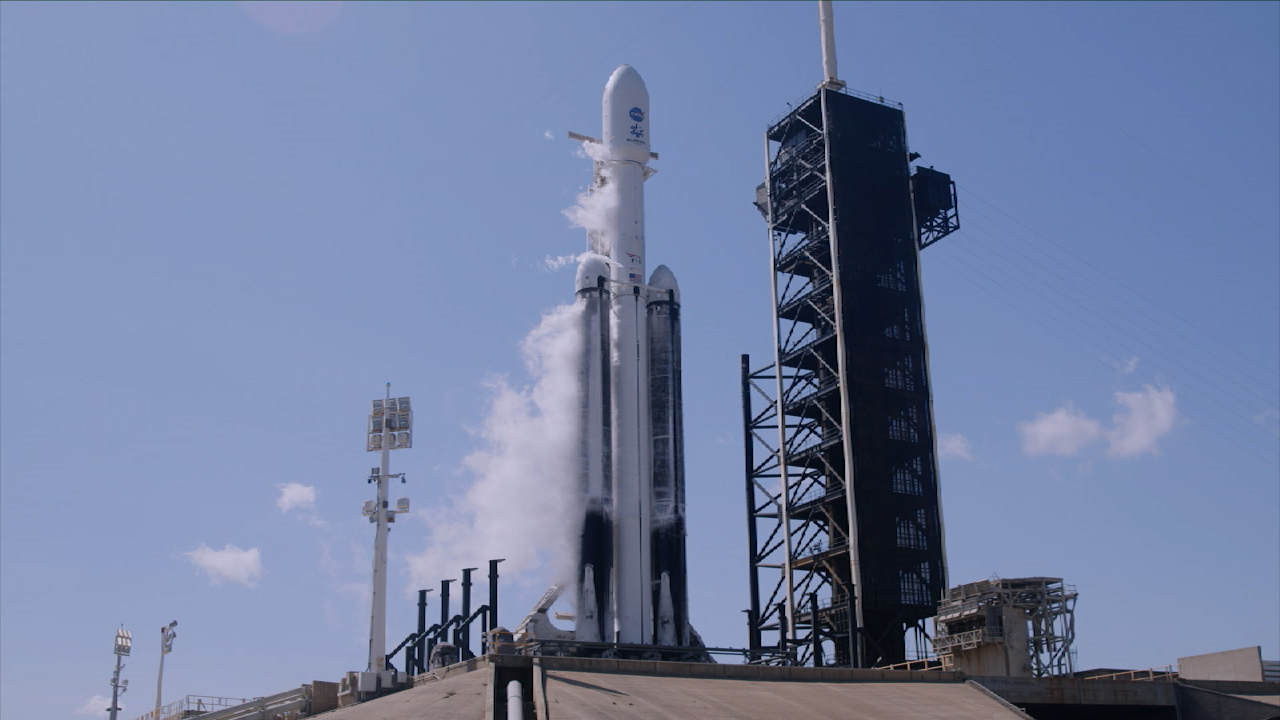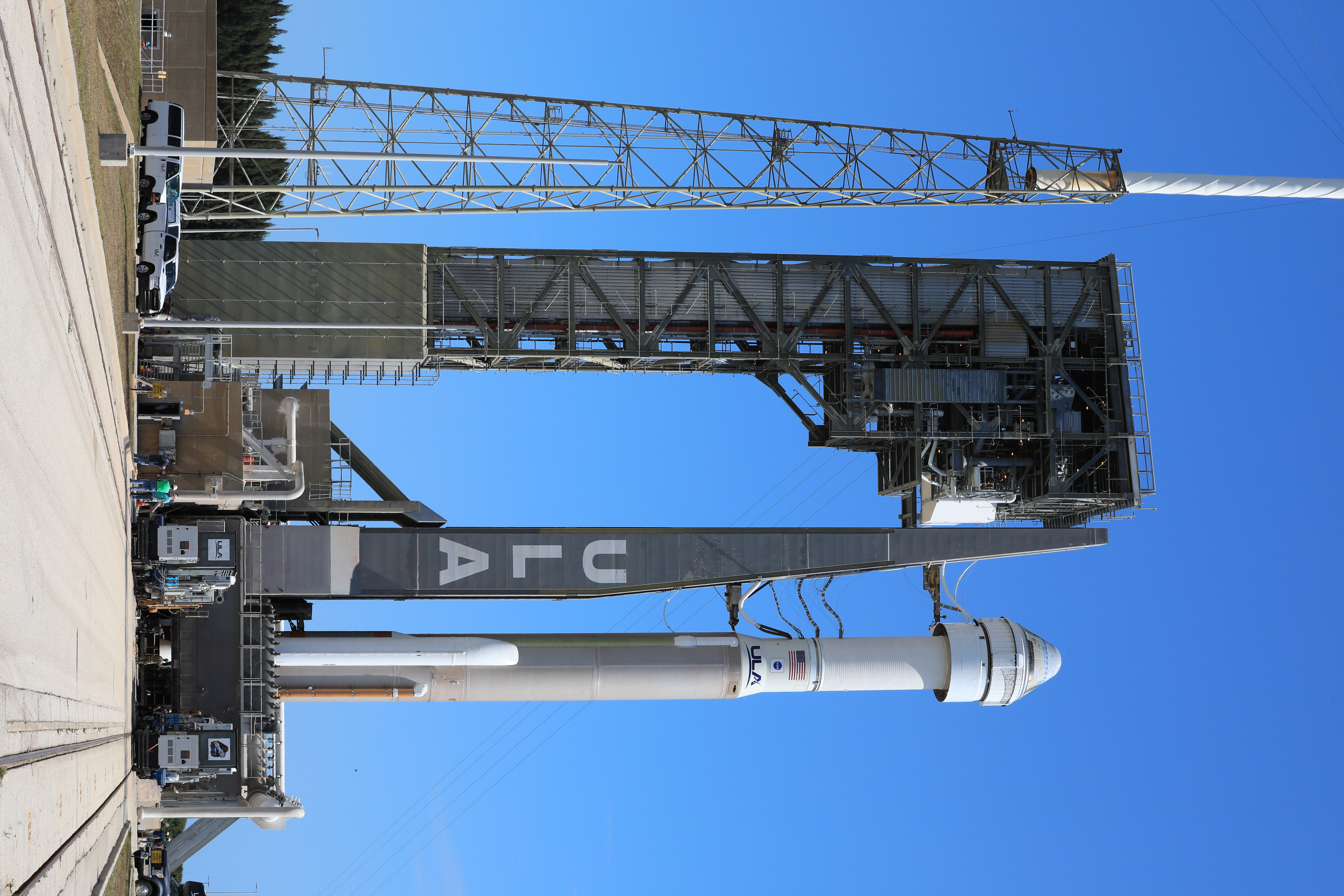
Engineers and technicians inside the Vehicle Assembly Building (VAB) at NASA’s Kennedy Space Center in Florida stacked the first segment of the Artemis II SLS (Space Launch System) rocket boosters onto mobile launcher 1.
Comprising 10 segments total – five segments for each booster – the SLS solid rocket boosters arrived via train to NASA Kennedy in September 2023 from Northrop Grumman’s manufacturing facility in Utah. The booster segments underwent processing in the spaceport’s Rotation, Processing and Surge Facility before being transferred to the NASA’s iconic VAB for stacking operations.
Technicians inside the 525-foot-tall facility used an overhead crane to lift the left aft assembly onto the mobile launcher. Up next, workers will install the right aft assembly, placing it carefully onto the 380-foot-tall structure used to process, assemble, and launch the SLS rocket and Orion spacecraft.
The first components of the Artemis II Moon rocket to be stacked, the solid rocket boosters will help support the remaining rocket segments and the Orion spacecraft during final assembly. At launch, the 177-foot-tall twin solid rocket boosters provide more than 75 percent of the total SLS thrust during liftoff from NASA Kennedy’s Launch Pad 39B.

